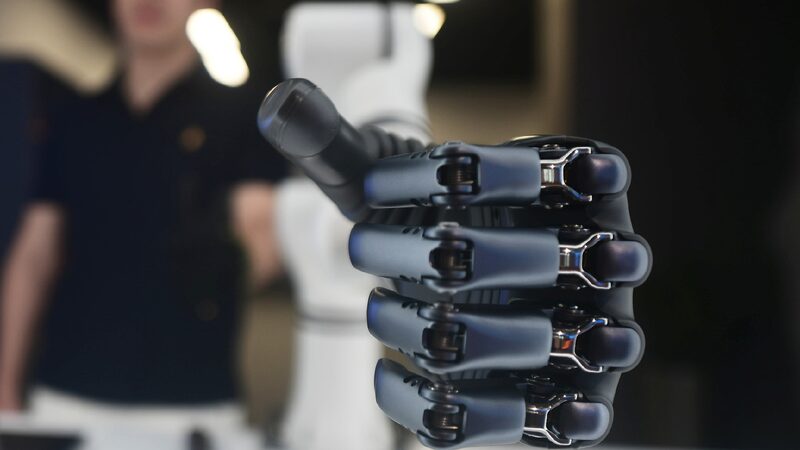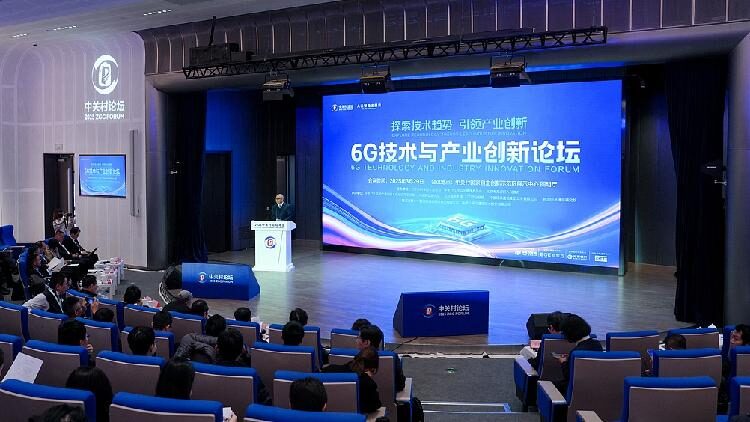China’s latest advancements in brain-computer interface (BCI) technology and industry policies took center stage at the 2025 Zhongguancun Forum (ZGC Forum). The forum highlighted the nation’s commitment to pioneering future-oriented technologies that bridge the gap between artificial intelligence (AI) and human capabilities.
Speaking at a BCI-themed event on Monday, Du Guangda, deputy director general of the Science and Technology Department at the Ministry of Industry and Information Technology, emphasized the rapid evolution of AI and its role in accelerating technologies like BCI. He announced plans for the ministry to enhance top-level planning and collaborate with relevant departments to release BCI-related guidelines, setting clear industry goals and tasks.
Lu Yong, vice president of the China National Institute for Food and Drug Control, revealed that a specialized expert group will soon be established to research BCI medical devices and propose revisions to relevant standards. A fast-track approval process will be introduced to ensure timely development of these standards, free from annual plan constraints.
China has also made notable progress in BCI research. In March 2025, the domestically developed semi-invasive BCI system, Beinao-1, completed its third human implantation surgery. The system has been deployed in a collaboration involving Beijing Tiantan Hospital, Xuanwu Hospital, and Peking University First Hospital.
At Tiantan Hospital, a stroke patient successfully controlled a robotic arm through thought within a week, aiding in rehabilitation. At Xuanwu Hospital, a patient with amyotrophic lateral sclerosis (ALS) regained communication abilities by decoding over 60 Chinese characters using a 128-channel flexible electrode. At Peking University First Hospital, a quadriplegic patient was able to grasp dynamic targets using a brain-controlled robotic arm, marking a key milestone in spinal cord injury recovery.
At a parallel forum on Saturday themed “Technology for Disability Assistance,” a biomedical engineering team from Fudan University showcased the world’s first three-in-one brain-spinal interface technology. Four paraplegic patients were able to regain leg movement within 24 hours of surgery by constructing a “neural bridge” between the brain and spinal cord; some even attempted standing as soon as 10 days after the procedure.
From research and development to clinical application, China’s entire BCI innovation chain was highlighted at the ZGC Forum. Thanks to advancements in technology and policy support, BCI is poised to open up new avenues for industrial development and medical rehabilitation.
Reference(s):
China advances BCI research and policy at Zhongguancun Forum
cgtn.com








